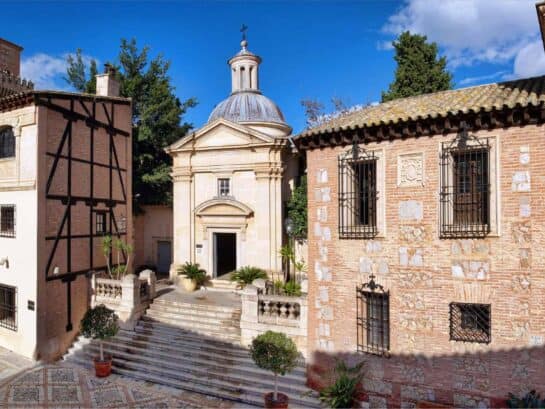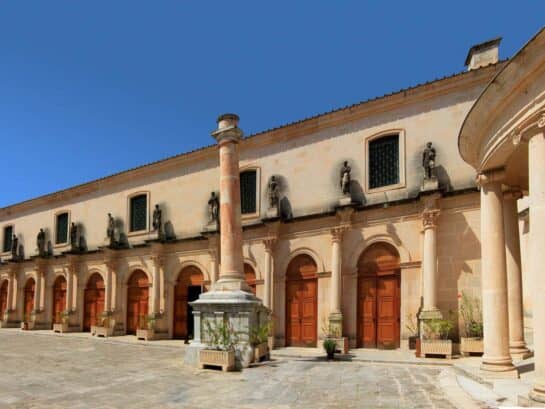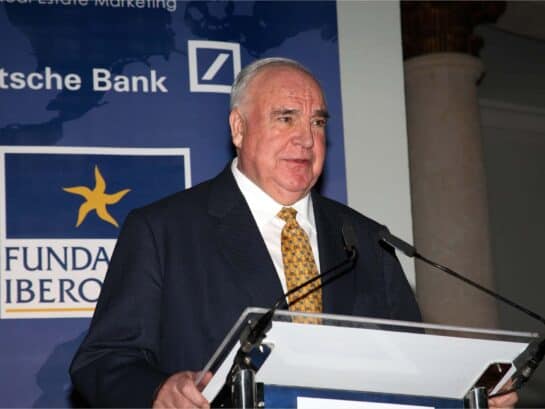OUR HISTORY

The "Pueblo Español" was constructed between 1965 and 1968 under the direction of Fernando Chueca Goitia, a renowned Spanish architect of the 20th century known for notable projects such as the Almudena Cathedral in Madrid and the expansion of the Museo del Prado.
The primary objective was to provide residents and visitors of Mallorca with an immersive experience of Spain's rich architectural heritage within a 24,000 m² open-air museum, meticulously designed to resemble a medieval walled city. This remarkable venue showcases a diverse range of architectural styles from different periods in Spanish history, including Arabic, Gothic, Baroque, and Renaissance.
The construction of the complex involved the participation of over 2,000 individuals, resulting in the creation of 72 exemplary structures representing Spanish architecture. These include 18 blocks of buildings, 15 streets, and 12 squares, all constructed to scale using materials sourced from their respective regions.
Notably, the "Pueblo Español" holds the distinction of being the third-largest replica of its kind worldwide and the only one specifically built as a tourist attraction. The other two replicas, one constructed in Barcelona in 1929 for the 2016 Universal Exhibition and the Pueblo Español in Belgium built in 1958 for the Universal Exhibition of Brussels, serve different purposes.


Shortly following the establishment of the "Pueblo Español," the Palace of Congresses in Palma was inaugurated. With its neoclassical architectural style, this venue has become a favored choice for hosting numerous events, including the annual meeting of the Inter-Parliamentary Union.

